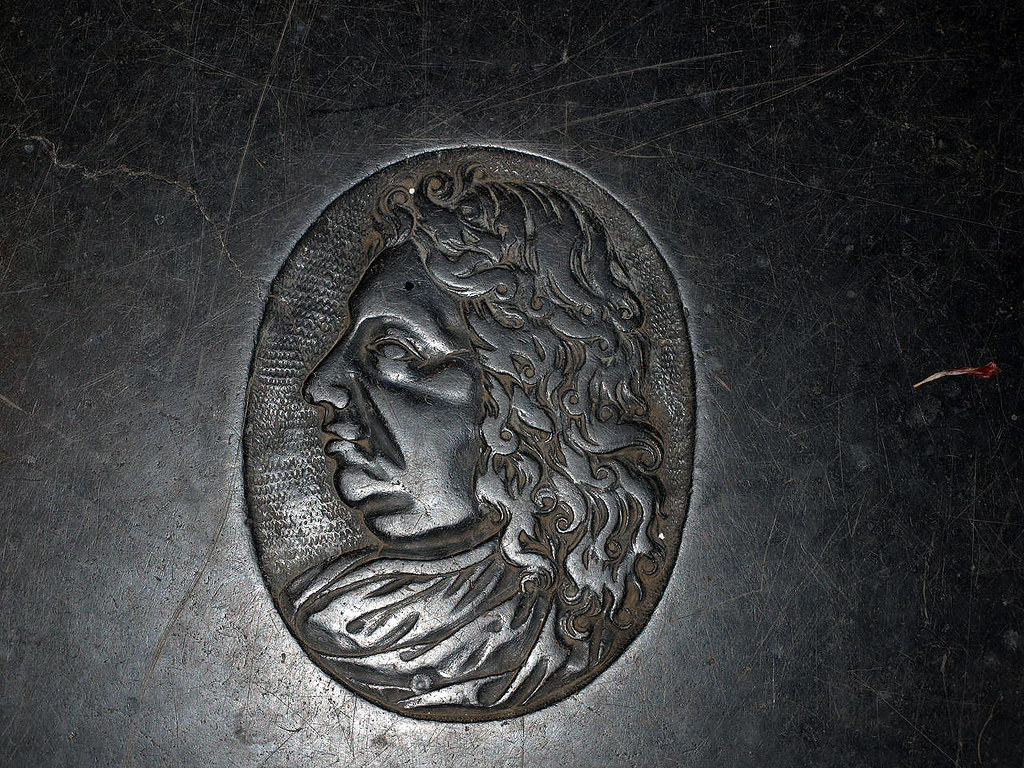ST ANDREW. 1874-7 by R. M. Phipson. An expensive building in the grounds of the Hall. In the style of the district (e.g. aisleless), except that the W tower is given a tall octagonal upper part and a needle spire. - PLATE. Paten c. 1680; Cup 1733. - MONUMENTS. Charlton Wollaston d. 1729. Over-life size putto unrolling a scroll. - From another monument remain three big putti hanging a garland round an urn with the profile head of a lady. - Roger Pettiward d. 1833. By Sir R. Westmacott. Large relief of the Good Samaritan.
GREAT FINBOROUGH. Old and young sit and dream their dreams under the aged chestnut tree on its tiny green, and more chestnuts shade the pathway in the churchyard, neighboured by the park of the 18th century hall. The church was all made new last century, except for its 15th century porch of chequered flint and stone. The rather ponderous tower, which begins square and grows into an octagon with flying buttresses to support a lofty striped spire, was set up in memory of a beloved wife, “that pointing upward it may recall the thoughts of some within sight of it from things on earth.” Among the monuments from the old church are a coffin lid engraved with a lovely cross, and an inscription to William Wollaston, a moral philosopher whose book, The Religion of Nature Delineated, was a best-seller 200 years ago.
Wollaston lies here with his wife. For 35 years he never spent a night out of his house in Charterhouse Square, London. His book was set up partly by Benjamin Franklin when he was working as a compositor in a corner of St Bartholomew the Great, the oldest church in London after the Chapel in the Tower. It went through many editions, but he died too soon to enjoy its success.



No comments:
Post a Comment